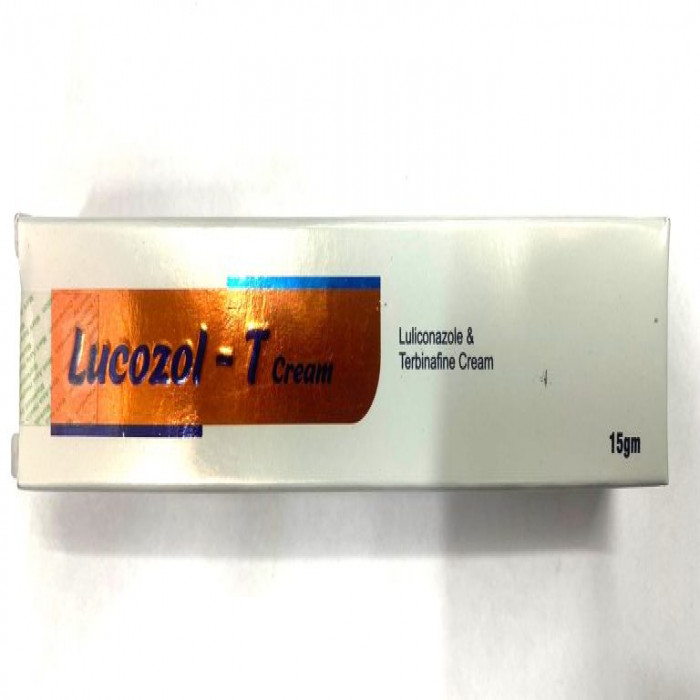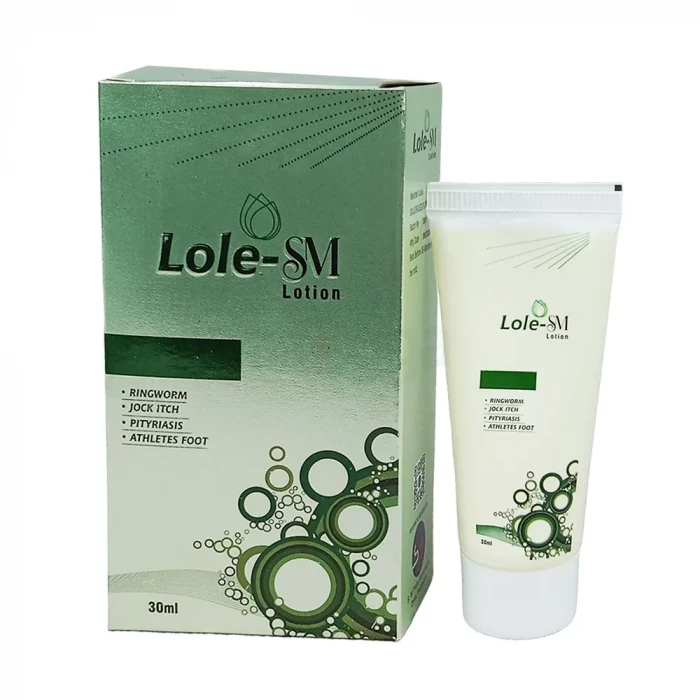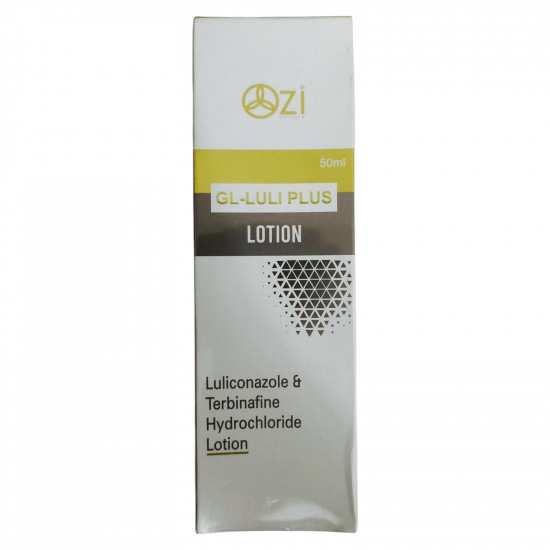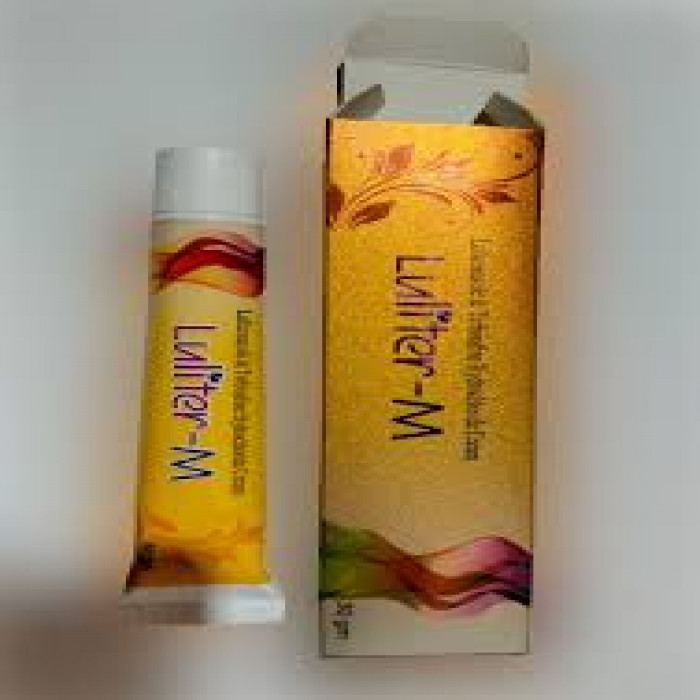
✔ 100% Authentic Product
👁️ Currently Viewing 2160
Lucozole T Cream
- Dermatitis
- Psoriasis
- Lichen Planus
- Bacterial Skin Infections
- Skin Fungal Infections
Discount
Price: ৳ 688
MRP:
৳
702
2%
Off
✅ Description:
Dermatomycoses caused by zoophilic strains, particularly Trichophyton mentagrophytes, are becoming increasingly challenging to treat due to the emergence of terbinafine-resistant strains. These resistances are largely attributed to mutations in the squalene epoxidase (SQLE) gene, the target site of terbinafine. As a result, there is a growing demand for alternative antifungal treatments.
Study Objective
To evaluate the in vivo therapeutic efficacy of luliconazole 1% cream compared to terbinafine 1% cream in treating infections caused by T. mentagrophytes, and to assess their antifungal activity through in vitro susceptibility testing.
Methods
Patients were evaluated using:
KOH with DMSO direct microscopy
qPCR with pan-dermatophyte primers
Fungal culture
Additionally, in vitro minimum inhibitory concentrations (MICs) were determined for both luliconazole and terbinafine.
Key Findings
Luliconazole showed significantly superior antifungal efficacy.
MIC (Geometric Mean):
- Luliconazole: 0.002 μg/ml
- Terbinafine: 0.004 μg/ml
A 28-day course of topical luliconazole achieved complete clinical and microbiological cure in all patients, with full eradication of the pathogen.
Conclusion
With the rising incidence of terbinafine-resistant T. mentagrophytes infections, luliconazole 1% cream emerges as an effective and reliable topical antifungal alternative. Its superior potency and high eradication rate underscore its value in the management of difficult-to-treat zoophilic dermatomycoses.
⚠️Disclaimer:
At ePharma, we’re committed to providing accurate and accessible health information. However, all content is intended for informational purposes only and should not replace medical advice from a qualified physician. Please consult your healthcare provider for personalized guidance. We aim to support, not substitute, the doctor-patient relationship.









